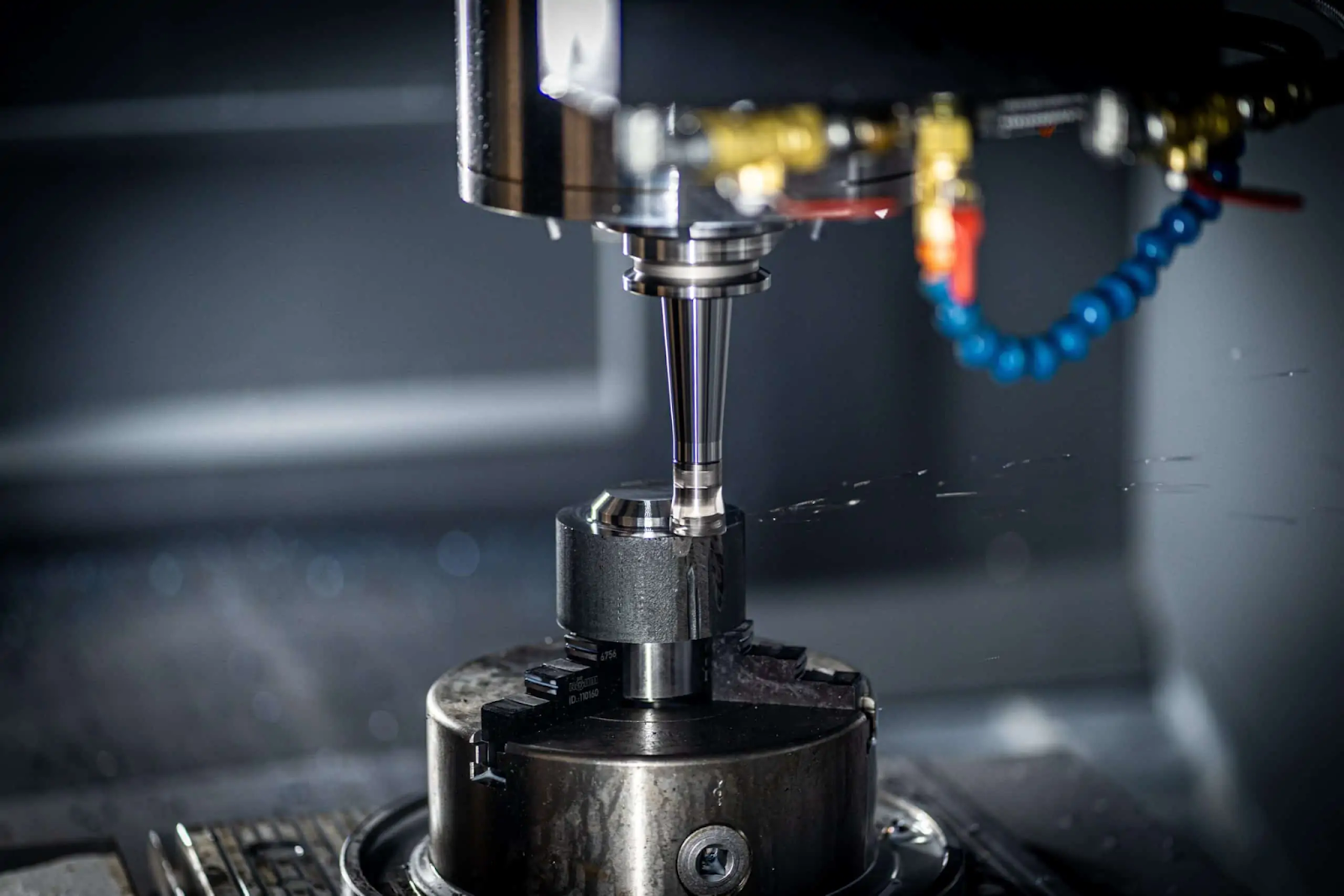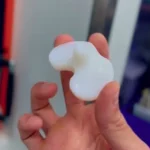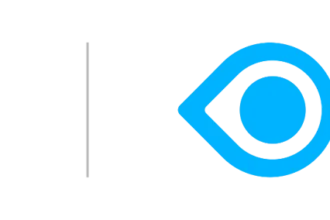3 Axis CNC milling is widely used in manufacturing industries, including automotive, aerospace, and electronics, for creating precise and custom parts. Whether making a prototype or producing large components, understanding the cost of 3-axis CNC milling services is essential for budgeting. Many factors influence the final price, such as the type of material, design complexity, machining time, and labor costs.
Knowing these cost drivers helps you plan your budget more effectively, avoid unexpected expenses, and even find ways to save money without compromising the quality of the finished product. This article provides a simple breakdown of the main factors determining the cost of 3 Axis CNC mill services and offers tips for reducing expenses. By the end, you’ll better grasp how these services are priced and how to make cost-effective decisions for your project.
How to Calculate 3 Axis CNC Mill Service Cost
To calculate the cost of a 3-axis CNC milling service, it’s important to understand the different factors contributing to the total price. Each element has its impact; some may weigh more heavily on the final cost than others. These factors can help you get a more accurate estimate and potentially lower your expenses.
Key elements influencing the cost of CNC milling services include material selection, machining time, labor requirements, design complexity, tooling costs, and any necessary post-processing steps. We will explore each of these in more detail below so you can know what to expect and how to prepare your budget.
Material Costs
Material costs play a significant role in the overall pricing of 3 Axis CNC milling services. The type of material, its availability, and its machinability all affect the price, so choosing the right material can help you manage costs effectively.
- Commonly Used Materials and Their Prices
Materials frequently used in CNC milling include aluminum, steel, and various plastics. Aluminum is popular for its lightweight properties and machinability, making it cost-effective for many applications. Being stronger and more durable, steel might cost more and take longer to machine, but it offers benefits in applications requiring higher strength. Plastics, which are cheaper and easy to machine, may be suitable for projects where strength is less of a concern.
More exotic materials like titanium, Inconel, or carbon fiber composites can significantly raise costs. These materials are more expensive to purchase and require more time and effort to machine, which can drive up the cost of the milling service. - Impact of Material Size and Quantity on Costs
The dimensions and amount of material required for a project also affect the cost. Larger material blocks or greater quantities will increase expenses. Moreover, the more material wasted during machining, the higher the cost of raw materials will be. To optimize costs, it’s beneficial to select materials that can be cut with minimal waste or to use stock sizes that closely match the final dimensions of your part.
Machining Time
The time it takes to machine a part directly impacts the cost. Machining time depends on factors like design complexity, material machinability, and the number of features to be milled.
- Influence of Design Complexity on Machining Time
Simpler designs with fewer features can be completed quickly, resulting in lower costs. For example, machining a basic rectangular block might only take a short time, whereas more complex parts with intricate patterns, curves, or deep cavities can take several hours to complete. The more detailed the part, the longer the machining process will be, leading to higher costs. - Effect of Material Machinability
The ease with which a material can be machined, known as machinability, also influences the cost. Softer materials like certain plastics or aluminum can be milled faster, whereas harder materials, like stainless steel or titanium, may require slower machining speeds. Tough materials may also need additional cooling and frequent tool changes, adding to the time and labor required to complete the project.
Labor Costs
Labor costs include more than just running the CNC machine. They also involve preparation tasks such as setting up the machine, programming it, and inspecting the finished part to ensure it meets quality standards.
- Setup and Programming of the CNC Machine
Before machining can start, the operator must set up the machine and program it with the correct instructions for the part being made. This involves selecting the appropriate tools, entering the design specifications into the machine, and adjusting the settings to match the material and design requirements. The more intricate the design, the more complex the programming and setup, resulting in higher labor costs. - Quality Inspection and Post-Machining Finishing
After the machining process, quality checks are necessary to ensure the part meets the required specifications. This can include visual inspections, measuring dimensions with specialized equipment, or even advanced testing for high-precision parts. If the part requires additional finishing, such as deburring, polishing, or coating, these steps will add to the labor cost as well.
Design Complexity
The complexity of the part design can significantly impact the cost of 3-axis CNC milling services. More complex designs involve additional machining steps, longer production times, and potentially more labor.
- More Features Mean Higher Costs
Parts with many features, such as holes, slots, or intricate patterns, require more machining operations, increasing both time and cost. Each feature adds complexity to the machining process, often requiring multiple tool changes or different cutting strategies. Similarly, designs that call for tight tolerances need slower machining to ensure precision, which can add to the cost. - Multi-Sided Machining
Additional setups will be necessary if a part needs to be machined on multiple sides. The operator must reposition the material to machine the different sides, adding to the labor and machine time. Multi-sided machining can be more costly due to the increased effort in handling and realigning the workpiece.
Tooling Costs
Tooling is an important factor in CNC milling. It includes expenses related to cutting tools, tool holders, and any fixtures used to hold the workpiece in place. Tooling costs can vary based on the project’s specific requirements.
- Tool Wear and Replacement Costs
Cutting tools wear out over time, especially when used on hard materials or for extended periods. As tools become dull, they need to be replaced, adding to the cost of the service. High-quality tools, although more expensive initially, may offer longer life and better performance, potentially reducing the number of replacements needed. - Custom Fixtures and Special Tools
Custom fixtures or specialized tools may be necessary for some projects to hold the part securely during machining. Creating these custom tools adds to the upfront cost, but they can be reused for similar jobs in the future, reducing long-term expenses.
Post-Processing Requirements
After machining, parts often need additional processing to achieve the desired finish or meet certain specifications. These post-processing steps can add to the cost of 3-axis CNC milling services.
- Surface Finishing and Treatments
Finishing treatments like polishing, anodizing, or applying protective coatings can improve the part’s appearance and performance. For instance, anodizing can give aluminum parts a corrosion-resistant layer, while polishing can create a smooth, shiny surface. These processes involve extra labor and materials, which will increase the total cost. - Assembly and Special Packaging Needs
Some projects require parts to be assembled with other components or packaged in a specific way. Custom packaging may be necessary if the parts need to be securely packed for shipping to prevent damage. These steps involve extra labor, materials, and potentially more time, further adding to the service cost.
Ways to Reduce 3 Axis CNC Mill Service Cost
Fortunately, there are practical ways to manage the costs of 3-axis CNC milling. Here are a few tips for reducing expenses while still achieving high-quality results.
- Simplifying Your Design
Consider reducing the number of features or choosing simpler shapes that are easier to machine. Avoid unnecessarily tight tolerances, as they can increase machining time and costs. By simplifying the design, you can save on machining time and labor. - Using More Machinable Materials
Selecting materials that are easier to machine, like aluminum, can lower machining time and tooling costs. These materials reduce wear on cutting tools, allowing for faster production. Additionally, using standard-sized materials that closely match the dimensions of your final part can help minimize waste. - Ordering Larger Quantities When Possible
If you need multiple parts, ordering them in bulk can significantly reduce the per-part cost. When manufacturing in large quantities, setup and tooling expenses can be spread across all parts, making it more economical. - Working with Your CNC Service Provider
Open communication with your service provider can also help lower costs. Discussing your design and requirements upfront can help identify potential challenges and find cost-saving opportunities.
Conclusion
Understanding the cost factors involved in 3-axis CNC milling helps you make informed decisions when planning a project. The main elements that drive the costs are material selection, machining time, labor requirements, design complexity, tooling expenses, and post-processing needs. Knowing these factors allows you to estimate expenses more accurately and explore ways to reduce costs without compromising the quality of the final product.
While certain projects may have higher costs due to complex designs or specialized materials, strategies like simplifying the design, choosing machinable materials, and ordering in bulk can help manage expenses. Working closely with a reliable CNC milling service provider ensures that you get high-quality results while keeping costs within your budget. Whether you’re creating a prototype, custom components, or cnc milled parts for large-scale production, these insights will help you balance cost and quality.






